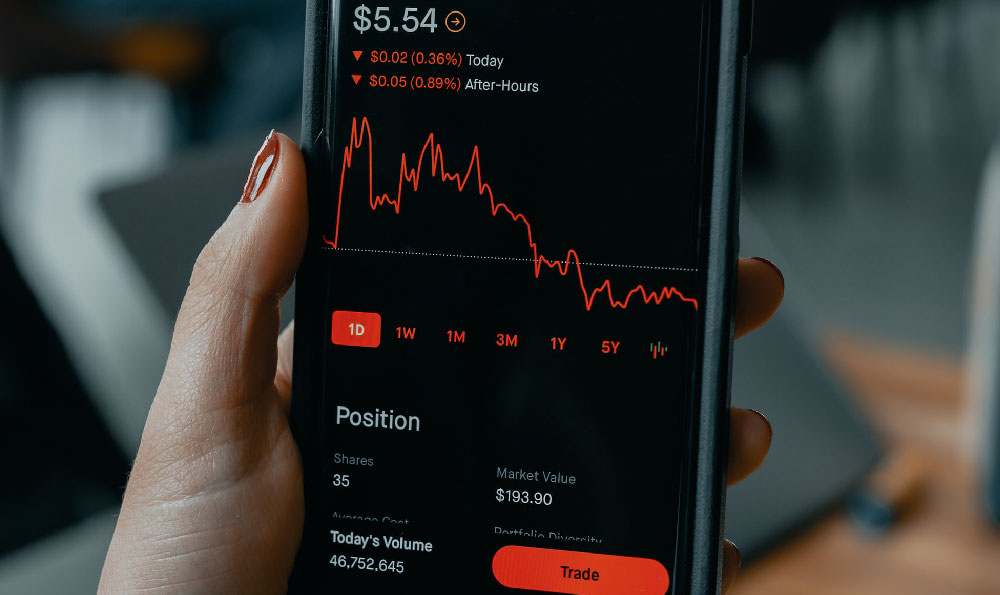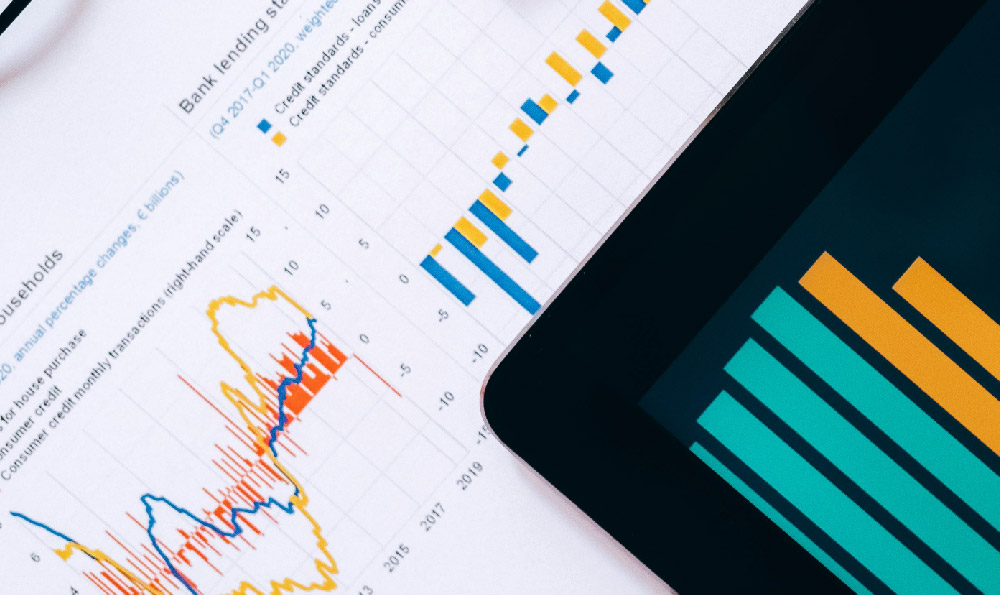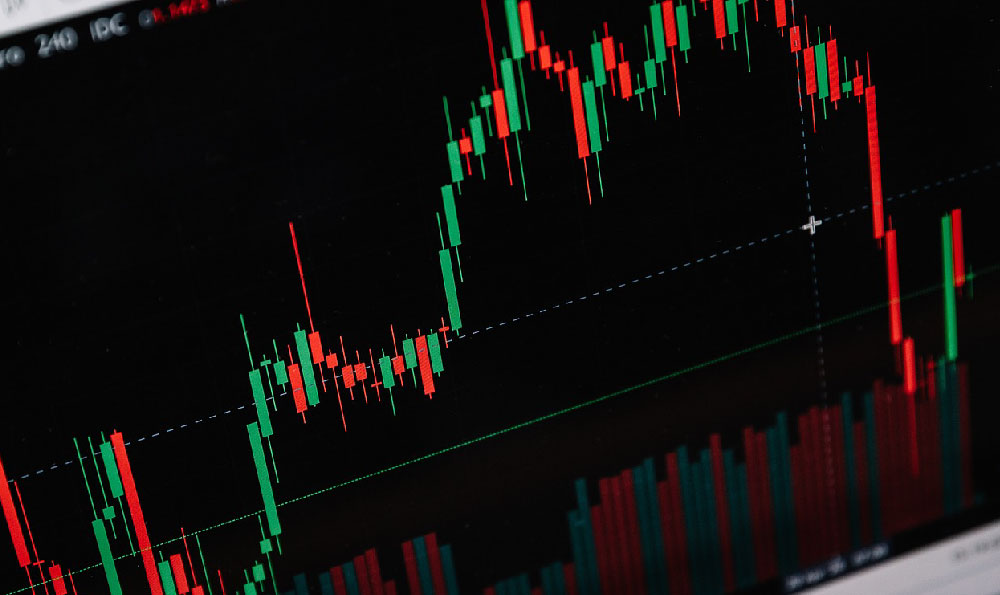How do record labels generate revenue, and what are their income streams?

Okay, I'm ready. Here's an article addressing the income generation mechanisms of record labels, designed to be comprehensive and avoid bullet points or numbered lists, as requested:
The Multifaceted Revenue Streams of the Modern Record Label
The music industry, once almost solely reliant on physical sales, has undergone a seismic shift. While streaming dominates the consumer landscape, the ways record labels generate revenue are more diverse and complex than ever before. Understanding these revenue streams provides insight into the health of the music ecosystem and the strategies employed by labels to thrive in the digital age.

Traditionally, the core income stream for a record label revolved around the sale of recorded music. This included physical formats such as vinyl records, CDs, and cassettes, as well as digital downloads. While physical sales have experienced a resurgence in certain niche markets, particularly vinyl, their overall contribution to label revenue is significantly lower compared to the pre-digital era. Digital downloads, which initially replaced physical sales as the primary source of income, have also declined drastically due to the dominance of streaming services.
Streaming now constitutes the lion's share of revenue for most record labels. These platforms, such as Spotify, Apple Music, Amazon Music, and YouTube Music, pay royalties to labels based on the number of streams their artists' songs receive. The exact royalty rates are complex and often subject to negotiation, taking into account factors such as the artist's popularity, the platform's subscription model, and geographical location. The revenue generated from streaming is then split between the label, the artist (as per their recording contract), and other rights holders like publishers and songwriters.
The intricacies of streaming revenue have led to considerable debate about fair compensation for artists. The "per-stream" rate is notoriously low, and many artists argue that it is insufficient to sustain a viable career, especially for emerging acts. However, streaming has also broadened the reach of music, allowing artists to connect with global audiences and potentially generate revenue through a wider range of channels.
Beyond recorded music, performance royalties represent another significant revenue source for record labels and their artists. These royalties are generated when music is performed publicly, whether it's in a concert venue, on the radio, in a restaurant, or even on television. Performance rights organizations (PROs), such as ASCAP, BMI, and SESAC in the United States, collect these royalties from businesses that use music and distribute them to the rights holders. The amount of performance royalties a song generates depends on factors like the size of the audience, the frequency of the performance, and the duration of the song.
Sync licensing offers a lucrative revenue stream for record labels, particularly for songs that are considered "sync-friendly." Sync licensing involves licensing a song for use in visual media, such as films, television shows, commercials, and video games. The fees for sync licenses can vary widely depending on the scale of the project, the prominence of the song, and the length of its use. Sync licenses can provide a significant boost to an artist's visibility and introduce their music to new audiences. A strategically placed song in a popular film or television series can launch an artist into the mainstream.
Furthermore, record labels often engage in brand partnerships and endorsements to generate revenue. These partnerships involve aligning an artist with a particular brand or product, leveraging their image and music to promote the brand. The revenue from brand partnerships can take various forms, including direct payments, in-kind sponsorships, and profit-sharing arrangements. A successful brand partnership can provide significant financial support for an artist and help them reach a wider audience.
Merchandise sales also contribute to a record label's income, especially for established artists with dedicated fan bases. Merchandise can include a wide range of items, such as t-shirts, posters, hats, vinyl records, and other collectibles. Record labels may handle merchandise sales directly or partner with third-party companies to manage the production, distribution, and sales. Merchandise sales can be a valuable source of revenue, particularly at concerts and online.
Finally, record labels may invest in other ventures that complement their core business, such as music publishing, artist management, and live events. Music publishing involves owning and managing the copyrights to songs, which generates revenue from performance royalties, sync licenses, and mechanical royalties (royalties paid for the reproduction of a song). Artist management involves representing artists and helping them navigate the music industry, generating revenue through commissions on their earnings. Live events, such as concerts and festivals, can generate revenue through ticket sales, sponsorships, and merchandise sales.
In conclusion, the revenue streams of record labels are diverse and evolving. While streaming has become the dominant source of income, labels continue to rely on a combination of recorded music sales, performance royalties, sync licenses, brand partnerships, merchandise sales, and other ventures to generate revenue and support their artists. Navigating this complex landscape requires strategic planning, business acumen, and a deep understanding of the music industry. The ability to adapt to changing market conditions and identify new revenue opportunities is crucial for the success of record labels in the digital age. The interplay of these diverse income streams is what fuels the continuous creation and dissemination of music to the world.














